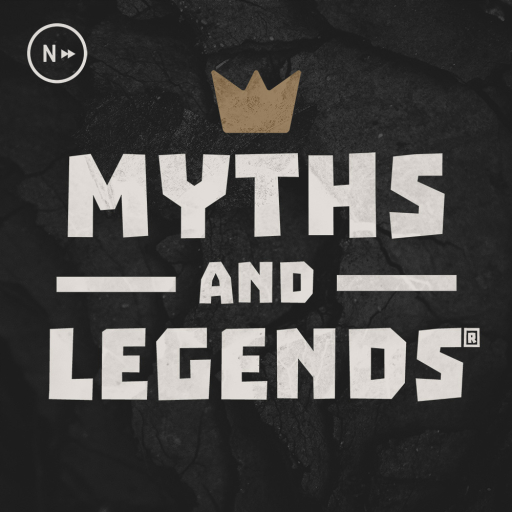PROTECT YOUR DNA WITH QUANTUM TECHNOLOGY
Orgo-Life the new way to the future Advertising by AdpathwayMost children in India are taught about the four-fold caste system that emerges in the Vedas. However, in real life, these four categories are not distributed equally across India. In North, South, East, West, or Central India, two extreme groups are evident everywhere: the ‘pure’ Brahmins on one side and the ‘impure’ Dalits on the other. But in between, things become rather messy. It is very difficult to define who is a warrior and who is a merchant.
For example, many merchant communities in North India, such as the Maheshwaris, Agarwals, and Khatris, view themselves as warriors who were forced to give up the sword (talwar) and adopt the balance scale (tarazu) in order to protect themselves from the wrath of Parashuram. Similarly, many backward communities, like the Ezhavas of Kerala, are traditionally identified as toddy tappers. Yet, within their own caste groups, they see themselves as warriors who may have served as military recruits in the 15th and 16th centuries to meet the demands of the military labour market.
Rajputs are traditionally considered Kshatriyas, and the Marathas aspire to the same status. However, it is well known that Rajput communities regard Marathas as their inferiors, especially in matters of marriage. The great Maratha Confederacy included many Maratha kings, such as the Scindias, Bhosles, and Gaekwads. However, the Peshwas were Brahmins, and it is well documented that, in the 19th and 20th centuries, the Brahmin community refused to accept the Marathas as Kshatriyas, instead insisting they were Shudras, citing the legend that Parashuram had killed all the Kshatriyas that once existed.
In Northern India, the Kayasths serve as scribes and bureaucrats. They also eat meat and were prominent in the courts of the Mughals. Brahmins insist that Kayasths are Shudras, but Kayasths claim to be Kshatriyas or even Brahmins because of their knowledge of the art of writing.
In Rajasthan, Charan bards were storytellers as well as bureaucrats. They were a Brahmin-like community that existed in Rajasthan before the arrival of Brahmins. Where should they be placed in the caste hierarchy? They were the storytellers without whom Rajputs could not be regarded as great warriors.
In Karnataka, the Lingayat community broke away from the caste system. It is unclear where they would belong within the four-fold classification. In Eastern India, the Ahom kings came from Southeast Asia and established a new way of governance based on labour for tax. They were not Hindus. They buried the dead in mounds called ‘Moidams’. But by the 1700s, they came under Brahmin influence and were declared Kshatriyas. Same is true of Manipur kings, who accepted Vaishnavism in the 1700s. In Assam, there were many conflicts between Vaishanva monasteries (sattra), some of whom embraced Brahmincal hierarchy while others shunned it totally.
Interestingly, North Indians are often clueless about the Lingayats of Karnataka, the Vellalars of Tamil Nadu, or the Ezhavas of Kerala, just as South Indians struggle to make sense of North Indian castes like the Khatris and Jats.
The caste system was homogenised using the four-fold classification of Manu (Brahmin, Kshatriya, Vaishya, and Shudra) only 2000 years ago. The ‘varna’ verse found in 3,000-year-old Rig Veda is probably a later addition as the words Brahmin and Shudra are used only once in the entire Rig Vedic corpus. The word Brahmin used elsewhere has nothing to do with social categorisation.
In the post-independence period, a new four-fold classification emerged: the General Category, the Backward Classes, the Scheduled Castes, and the Scheduled Tribes. However, the battle over caste identity continues, as it remains a struggle for both access to resources and access to status.
In the traditional system, those with status gained resources. In the modern system, those seeking resources often have to relinquish status and declare themselves oppressed and backward. And that is the crux of the problem.























 English (US) ·
English (US) ·  French (CA) ·
French (CA) ·